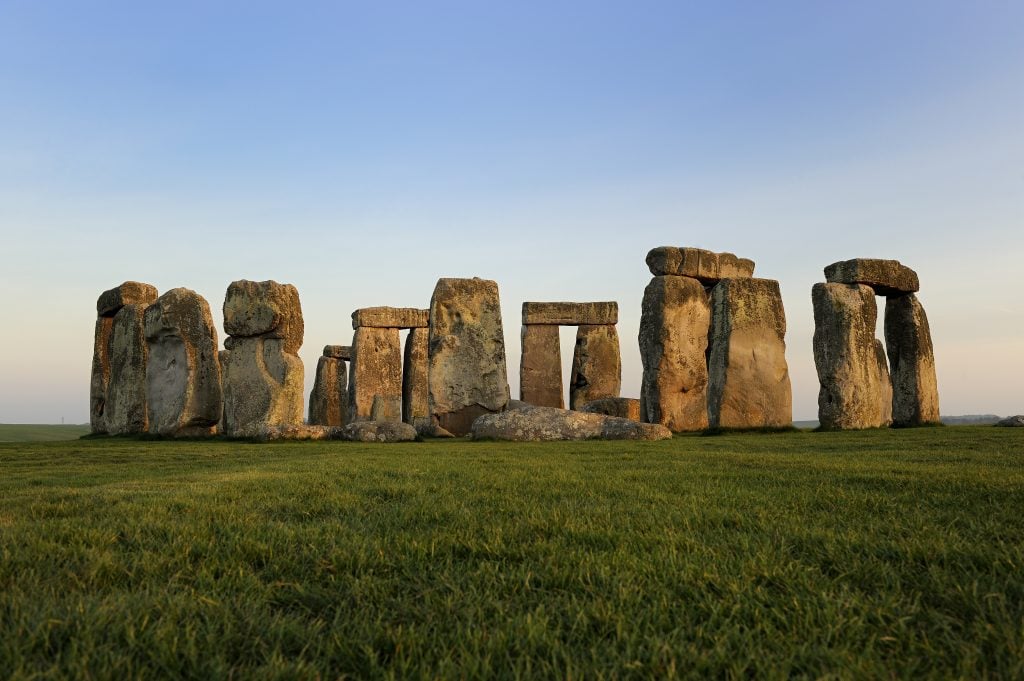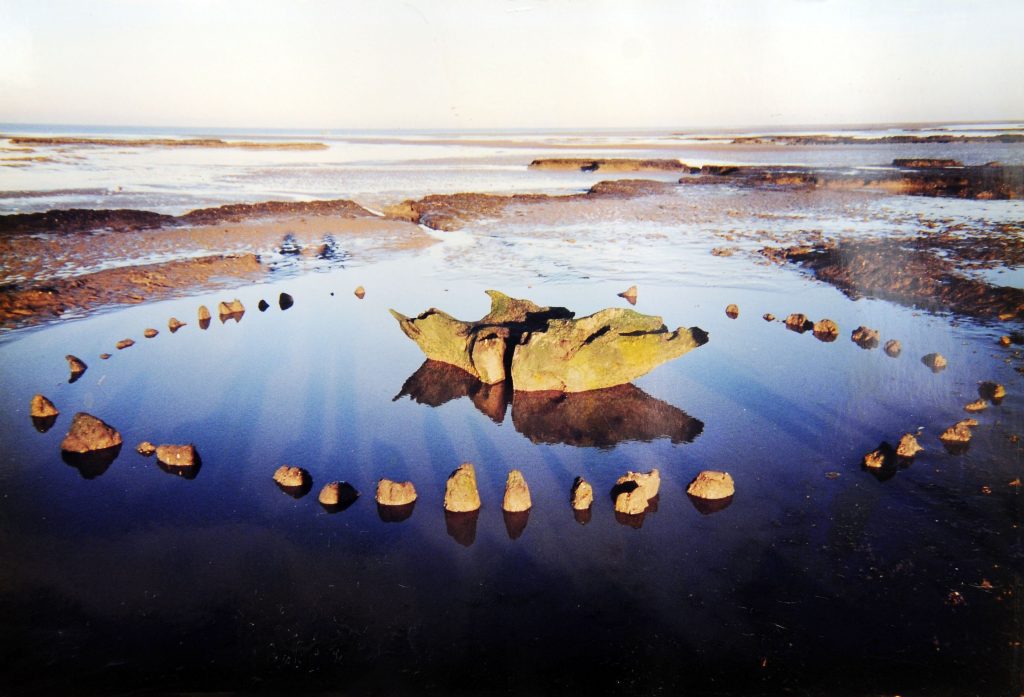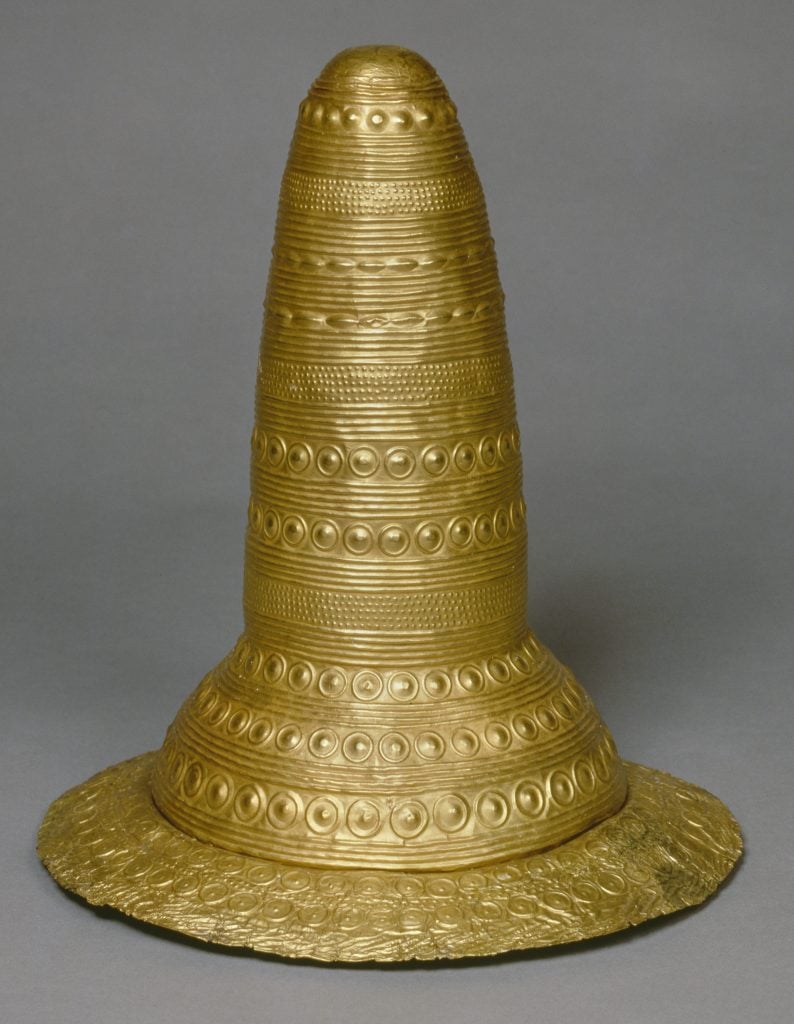Museums & Institutions
The British Museum Will Reveal Stonehenge’s Mysteries With a Blockbuster Show of Hundreds of Ancient Objects Next Year
The 430 objects in the show tell the story of the context of Stonehenge.

The 430 objects in the show tell the story of the context of Stonehenge.

Amah-Rose Abrams

The British Museum has announced an unprecedented exhibition looking at the era when Stonehenge was built. The showing of more than 400 objects from between 4000 and 1000 B.C. will explore this golden age in Britain, and the relationship people had with the sky and elements at the time.
“To understand the purpose of the great stone monument constructed on Salisbury Plain, it is essential to consider its contemporary world and the culture of its builders,” said Hartwig Fischer, director of the British Museum.
“The World of Stonehenge,” which opens in February, is sourced from a wide variety of both U.K. and international collectors’ institutions. At its heart will be Seahenge, a 64-post wooden circle with an upturned mighty oak tree whose roots reach into the sky. It was found preserved underwater in Norfolk and will be on loan for the first time. The display will also include more posts than have ever been previously shown, as well as an important “doorway” through which worshipers once entered.
“If Stonehenge is one of the world’s most remarkable surviving ancient stone circles, then Seahenge is the equivalent in timber. But as it was only rediscovered in 1998, it is still relatively unknown,” said Jennifer Wexler, a curator of the exhibition. “We know about some aspects of the monument, including that it was constructed in the spring and summer of 2049 B.C., from mighty oaks. But there’s much that still eludes us, including exactly what it was used for.”
Experts wonder, for example, if the upturned trunk was used in funerary rituals to hold a corpse, and if worshipers believed that entering the circular shrine would bring them closer to the “otherworld.”

Wendy George’s photo of Seahenge, which was discovered on Holme Beach. Courtesy The British Museum
Objects from Ireland, Italy, and Germany will also be on view, ranging from amazingly preserved jewelry and adornments to weaponry. A unique golden hat decorated with a pattern of sun motifs and a solid gold cloak will be on view alongside the beautiful Nebra Sky Disk, a metal disc displaying a depiction of the night sky.
Through including other findings contemporary with Stonehenge, which was built at the same time as the Sphynx in Egypt, the British Museum is tapping into growing interest in the site. While Stonehenge is off limits to the public, people still gather nearby to worship at key moments in the pagan calendar, such as the summer solstice. Thousands of years after it was built, the mysteries surrounding how it was built and what happened there remain unsolved.

German Schifferstadt Golden Hat. Courtesy The British Museum
“It is an exhibition about the people who built and worshiped at the monument, but it is also a story that transcends the Salisbury Plain and even Britain and reaches far into continental Europe,” said curator Neil Welkin. ”Stonehenge’s eternal mystery and significance can only be fully understood by charting the surrounding world that made it possible.”

Nebra Sky Disc. Courtesy The British Museum
Also included in this sure-to-be-blockbuster exhibition will be items from the burial of the Amesbury Archer who was from Germany but was buried in Wiltshire, near Stonehenge, as well as items from the Bush Barrow site, which overlooks the stones and includes the gold lozenge, one of the most important examples of Bronze Age gold workmanship.
“The World of Stonehenge” will be on view at the British Museum, Great Russell Street, London, February 17–July 17, 2022.